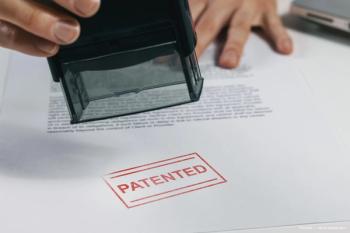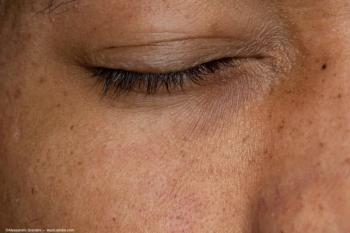
Why immunomodulation is the next logical step in glaucoma control
Research in glaucoma that evaluates the molecular interactions between resident and systemic immune cells and neurons is progressing with the goal of providing translational applications for immunomodulation as a neuroprotective strategy in patients with glaucoma, said Gülgün Tezel, MD.
Dr. TezelNew York-Research in
The immune system preserves and restores tissue, but prolonged glial activation and continuous release of proinflammatory mediators can result in failure of the immune response. Glial cytotoxicity, autoreactive T-cells, autoantibodies, and excess complement activation are potent stimuli for injury to retinal ganglion cell (RGC) somas, axons, and synapses in glaucoma. Treatments to target these factors should control glaucoma progression, Dr. Tezel said.
“In addition to elevated IOP, multiple factors impact the cellular homeostasis in glaucoma,” explained Dr. Tezel, professor, Department of Ophthalmology, Edward S. Harkness Eye Institute, Columbia University Medical Center, New York. “Current findings have identified interconnected downstream pathways of cellular processes in RGCs that become exposed to glaucomatous stress, that is, mitochondrial dysfunction, proteolytic caspase cascade, endoplasmic reticulum stress, and oxidative stress.”
NEXT: Page 2 + graphic
The immune activity in glaucoma creates a vicious cycle of accumulating risk factors, neuronal injury, prolonged glial activation, and sustained release of proinflammatory mediators that, if left uncontrolled, increase the risk of disease progression in patients with glaucoma (see graphic).
Graphic courtesy of Gülgün Tezel, MD
“Regarding the damaging consequences of uncontrolled immune activity, therapeutic manipulation of the immune responses can attenuate neuroinflammation, protect neural tissue from collateral injury, and enhance endogenous recovery processes,” Dr. Tezel said.
Treatments are needed that target oxidative stress and glial inflammatory mediators/regulators-specifically, proinflammatory cytokines and nuclear factor-kappa B.
This article is adapted from Dr. Tezel’s presentation at the 2014 meeting of the Association for Research in Vision and Ophthalmology.
For more articles in this issue of Ophthalmology Times eReport, click
To receive weekly clinical news and updates in ophthalmology,
Newsletter
Don’t miss out—get Ophthalmology Times updates on the latest clinical advancements and expert interviews, straight to your inbox.


















































.png)


